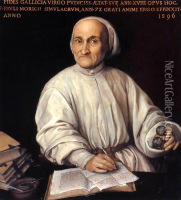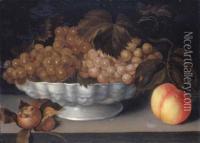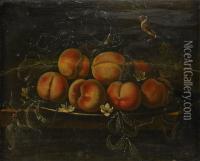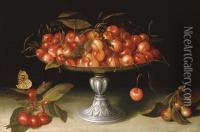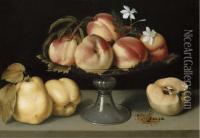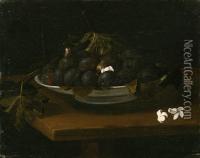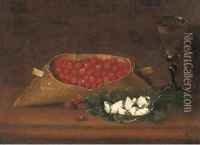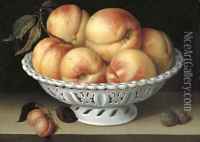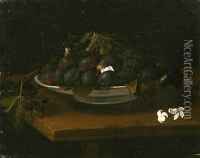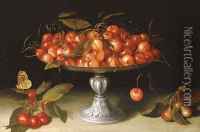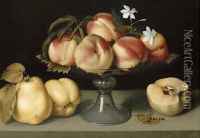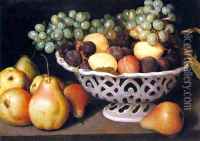Galizia Fede Paintings
Fede Galizia was an Italian Renaissance painter, born in Milan in 1578. She was one of the most significant female artists of her time, known primarily for her still life paintings, portraits, and religious works. Her father, Nunzio Galizia, was a miniaturist and painter, who played a crucial role in her artistic training. Fede Galizia showed prodigious talent from a young age, completing her first documented painting, a portrait, at the age of 12.
Galizia's still life paintings are particularly notable for their detail, realism, and use of light, characteristics that align her with the naturalism pursued by Caravaggio and his followers. Although still life was considered a lesser genre at the time, Galizia's work in this area was pioneering, contributing significantly to the genre's development in Italy. Her paintings often featured arrangements of fruits, flowers, and objects that are rendered with remarkable precision and depth, showcasing her skill in capturing textures and surfaces.
In addition to still lifes, Galizia painted religious subjects and portraits. Her religious works are marked by a serene intensity and a focus on the human aspect of biblical stories, a departure from the more formal and distant depictions common in the period. Her portraits are celebrated for their insight into the character of her sitters, the finesse in the depiction of their attire, and the subtle interplay of light and shadow.
Despite her achievements, Fede Galizia's work was somewhat overshadowed by her male contemporaries during her lifetime and was largely forgotten in the centuries following her death in 1630. However, recent scholarship has begun to reassess her contributions to art history, recognizing her as a pioneering figure in the evolution of still life painting and highlighting her role as one of the early female artists to achieve recognition in the male-dominated art world of the Renaissance. Her works are now included in several major museum collections, and she is celebrated not only for her artistic talent but also for her trailblazing role in the history of women in art.
